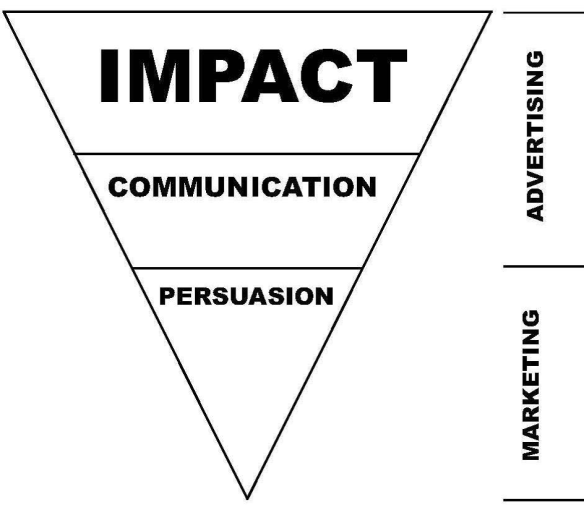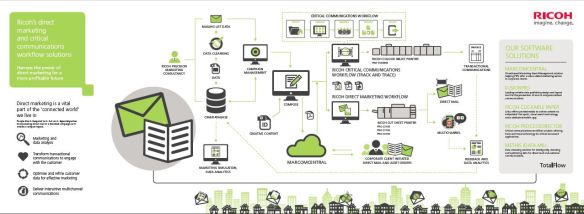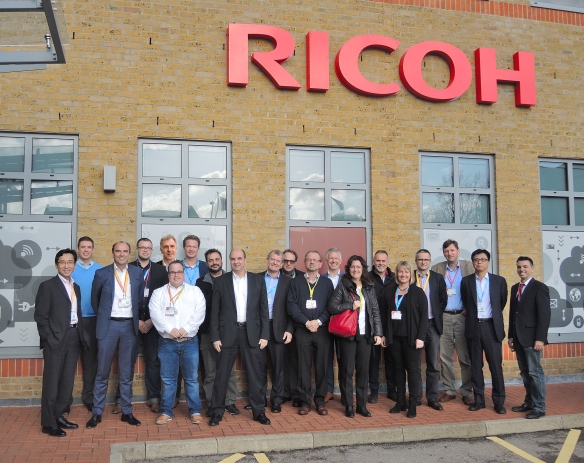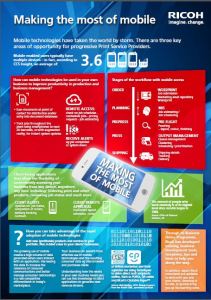
At the Power of Print 2016 seminar in the history-steeped setting of Stationers’ Hall close to St. Paul’s Cathedral in the City of London, an eclectic and fiercely provocative set of heavy-hitting speakers together created a fascinating picture of print and its value – present and future.
Welcoming a highest ever audience, BPIF CEO Charles Jarrold introduced the seminar in the context of this year of great change, including the evolution of print’s role in the multichannel media mix.
The science
The scientific foundation came from Baroness Susan Greenfield, CBE, member of the House of Lords, scientist, writer and broadcaster. The extraordinary Baroness explained the fundamental differences in the way our brains process information via a screen versus the printed page. Engagement, understanding and recall are all significantly higher from print.
The case for print
The case for print was reinforced by Tiffanie Darke, Founder of Method, News UK’s creative agency. She reminded us that print carries an authority that nothing else can replicate, and secondly, if you want luxury, digital just doesn’t offer an alternative. She also praised print because it’s a proven “platform multiplier”. In other words, it is great when used in conjunction with other channels to enhance Return on Investment.
British advertising legend Dave Trott described creativity as one of the few remaining legal sources of competitive advantage. Dave’s short but very sharp presentation made it crystal clear that when it comes to creativity, simple is smart and complicated is stupid. And the way to succeed in advertising (print or otherwise) is to break established patterns. Stand out from the common herd, repositioning your competition at the same time.
His assertion that much of the messages we see are not even noticed, let alone forgotten, should be a wake-up call to all of us – the simple diagram below sums up his feelings about the process perfectly.

Combining creativity with astute use of data is maybe the key to a bright future for print. Rachel Aldighieri, Managing Director of the British Direct Marketing Association, showed how powerful the partnership can be. And talked about one-to-one-to millions to express the mass use of personalised and relevant messaging.
Not all plain sailing
There are though powerful tides that can hold print back. Kim Willis, Strategy Director of Cedar Communications, reminded us that marketing directors demand to know how effective their campaigns are. And for print, more than digital media, it is expensive to measure results. Further, there is increasing competition for marketing budgets, including from a growing array of “shiny new things” such as Virtual Reality and Augmented Reality.
The Keep Me Posted campaign to protect the rights of consumers to continue receiving printed communications was shared by The Royal Mail’s David Gold – including its reach beyond the UK into the EU and other countries.
The future is bright
So, what conclusions can we draw about the prospects for print? I have a lot of faith in Jonathon Porritt, the acclaimed environmentalist and writer, and co-founder of the Forum for the Future. Jonathon highlighted the print and pulp industry’s drive towards decarbonisation and the relatively small environmental footprint of print. In this era of VUCA (Volatility, Uncertainty, Complexity and Ambiguity), it was good to hear that print can play a part in reducing the risks of runaway climate change and the disruption it would bring.
Back to Kim Willis of Cedar, and her parting thought, which was that in response to growing consumer immunity to the relentless surge of online marketing, brands are turning to the communications techniques that are more meaningful and cut through. This includes experiential marketing with for example live events. In this quest for impact and authenticity, Kim concluded, print surely has a major role to play.
Last word to Wayne Hemingway, MBE, founder of Red or Dead fashion brand. At the end of the breathless, captivating tale of his rise from “club kid” to design guru, he reflected on the central role of print in all our lives. From clothes to flooring to wallpaper. “Print is never going” he declared. And that I think is a fitting way to sum up a truly inspiring day.

Graham Moore -Director Business Development, Ricoh Europe
Thank you Print Power, Two Sides, sponsors, participants and speakers – we all left feeling positive and energised.























